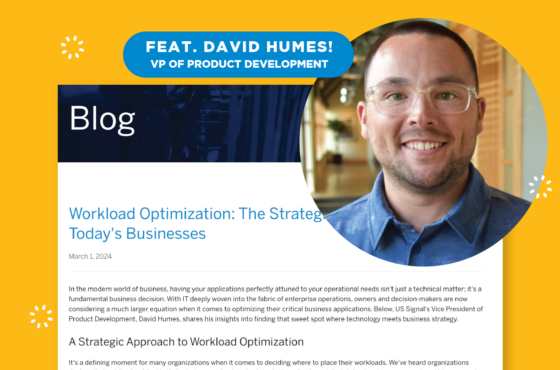Data Migration: Part 1 - Moving to the Cloud
January 9, 2017
Data Migration
No one likes moving to a new home. It’s time-consuming and labor intensive. There’s the prep work, including finding the right place, getting the financing in order, transferring over utilities, etc. You’ll want to sort and pack things so they are easy to find and label your boxes so they end up in the right place. In addition, there are probably things that you’d prefer to throw out rather than move. Then there’s the actual packing and, of course, the logistics involved in who will execute the actual move and when. That’s not to mention all the work required once you’re in your new home — from unpacking to re-assembling things.
It’s not that different when it comes to cloud migration. In this three-part blog series, we’ll discuss the key things to consider before migrating your data to the cloud and how to make the actual move easier.
The Reality of Moving
Many cloud service providers (CSPs) advertise that moving to the cloud is as simple as swiping your credit card. While every customer’s situation will be different, the actual data migration can be complex for many companies. To alleviate some or most of the burden and help ensure a successful project, many companies opt to enlist the professional services of the CSPs to handle a cloud migration. Whether you choose to handle the project yourself or hand it off to the CSP, you’ll still need to know the steps entailed.
Assuming you’ve done your due diligence in checking out the CSP you’ll be working with; reviewed the service level agreement in detail (and had your legal representative do the same); ensured your security and compliance requirements will be met, and completed all the other legwork, there’s still the matter of readiness. Is your organization ready to embrace the cloud and are your applications ready to move there?
The Readiness Assessment
Even if you’ve made a strong business case for cloud migration and received the buy-in of upper management, you still need to ensure the people who will use an application in the cloud are comfortable with the change. Have you communicated the plan to them? Do they understand how the move will affect their day-to-day work? Do you or will you have training prepared to assist them in the transition?
What about the applications? You’ll want to make sure they are cloud-ready too. Assess each one by asking these and any other pertinent questions:
- How important is the application to the company or line of business?
- Is the application still being defined?
- Is it up for a refresh or approaching retirement?
- Can or should it be redesigned or undergo a technology refresh to work in the cloud?
- Will there be an efficiency gain by moving it to the cloud?
- Would it be better to replace it with a SaaS solution?
- Is it web-based, or built with a service-oriented architecture (SOA)? If not, can it be split into modular services?
- Is it monolithic, two-tier, three-tier, or n-tier? How hard would it be to modularize it or separate the tiers?
- Does it scale out or scale up?
- What are its demand fluctuations?
- Will moving it to the cloud affect demand?
- Is the IT designed for resiliency or can it be modified so that it is?
- Is the IT designed for high availability and disaster recovery?
- Are there data sensitivity, integrity, or privacy concerns, and will the CSP be able to deal with them?
- Is the data bound by statutory compliance?
- What are the dependencies between the application being migrated and other systems?
- How much data exchange will occur between the components of the application and between the application and the user?
- How far are you from your designated cloud infrastructure?
- Will you be migrating data over the Internet or physically transporting it?
- Is latency an issue for you?
- Will you have to pay for courier service, Internet bandwidth, software, experienced labor and conversion or replication tools?
- Will the number of servers increase the complexity of the job?
- Will you have enough bandwidth?
- Do you have a long enough window for completing the task?
- How will you protect your data while it is in transit?
- How big are your data files?
- Do you plan to transfer workloads in your native format, or will you convert over to your CSP’s format?
- For each node on which the application runs, what is the CPU usage, memory usage, storage data (such as throughput, latency and input/output operations per second) and network data (such as throughput, connections per second and dropped connections)?
Next Steps
Next, you’ll need to prioritize which applications should move first. The criticality and usage patterns of the applications will play key roles in this, as well as the answers to the questions in the section above. It is typically recommended that you start with non-critical applications to test both the migration method you use and the new infrastructure.
In part 2 of this blog series on cloud migration, we’ll discuss some cloud migration methodologies to consider.
Keep learning with these related items.


